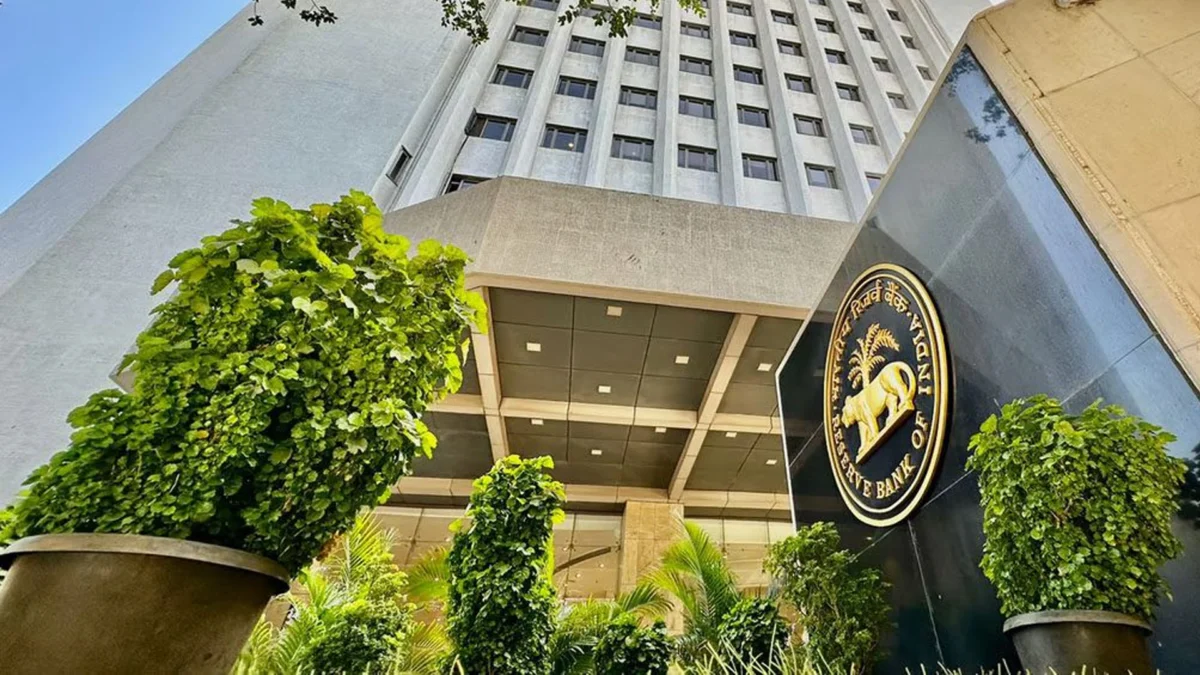In a major development, the Reserve Bank of India (RBI) decided to keep its key policy interest rate, the repo rate, unchanged at 5.5%. This decision was unanimously supported by the six-member Monetary Policy Committee (MPC) and aligns with market expectations. The RBI also maintained its neutral monetary policy stance, indicating a balanced approach to managing inflation and supporting economic growth.
Governor Sanjay Malhotra emphasized that the committee opted for a “wait and watch” approach to allow recent policy decisions, including earlier rate cuts and Goods and Services Tax (GST) reforms, to take effect. He noted that the effects of earlier front-loaded cuts are still playing out, and the committee chose to pause further action for now.
In its updated projections, the RBI revised India’s GDP growth forecast for the fiscal year 2025–26 to 6.8%, up from the previous estimate of 6.5%. This adjustment reflects stronger-than-expected economic performance, with a 7.8% expansion in the April–June quarter. The RBI now projects quarterly growth rates of 7.0% for Q2, 6.4% for Q3, and 6.2% for Q4. For the first quarter of FY27, growth is projected at 6.4%.
Concurrently, the RBI lowered its average headline inflation projection for FY26 to 2.6%, down from the earlier forecast of 3.1%. This revision is attributed to the dampening impact of GST rationalization and a sharper-than-expected decline in food prices. Governor Malhotra stated that the overall inflation trajectory has turned more benign, though external uncertainties continue to cloud the economic outlook.
Despite these positive domestic indicators, the RBI expressed caution regarding external risks, particularly the potential impact of U.S. tariffs on Indian exports. Governor Malhotra acknowledged that higher U.S. tariffs of up to 50% on Indian goods could slow external demand. He noted that while domestic economic momentum remains resilient, global headwinds and tariff-related uncertainty warrant caution.
The RBI also highlighted that the decline in headline inflation is largely due to easing food inflation. Retail inflation has remained below the 4% target since February, falling to a six-year low of 2.07% in August, supported by softer food prices and a favorable base effect.
Regarding the Indian rupee, Governor Malhotra stated that the RBI is closely monitoring currency movements. He noted that monetary policy transmission is broadly taking place across sectors and added that the remaining reduction in the cash reserve ratio (CRR) is expected to further strengthen transmission. System-level indicators for banks and non-banking financial companies (NBFCs) continue to reflect strong health.
Looking ahead, the RBI reiterated that its primary mandate is to keep Consumer Price Index (CPI)-based retail inflation at 4%, with a tolerance band of ±2%. The committee’s decision to maintain the repo rate at 5.5% reflects a cautious yet optimistic outlook, balancing domestic economic resilience with external uncertainties. The RBI’s next policy review is scheduled for December 2025, where further adjustments will be considered based on evolving economic conditions.
